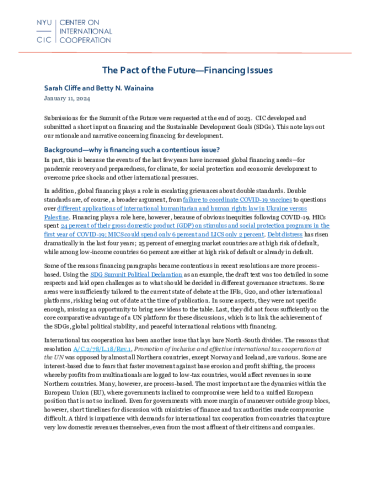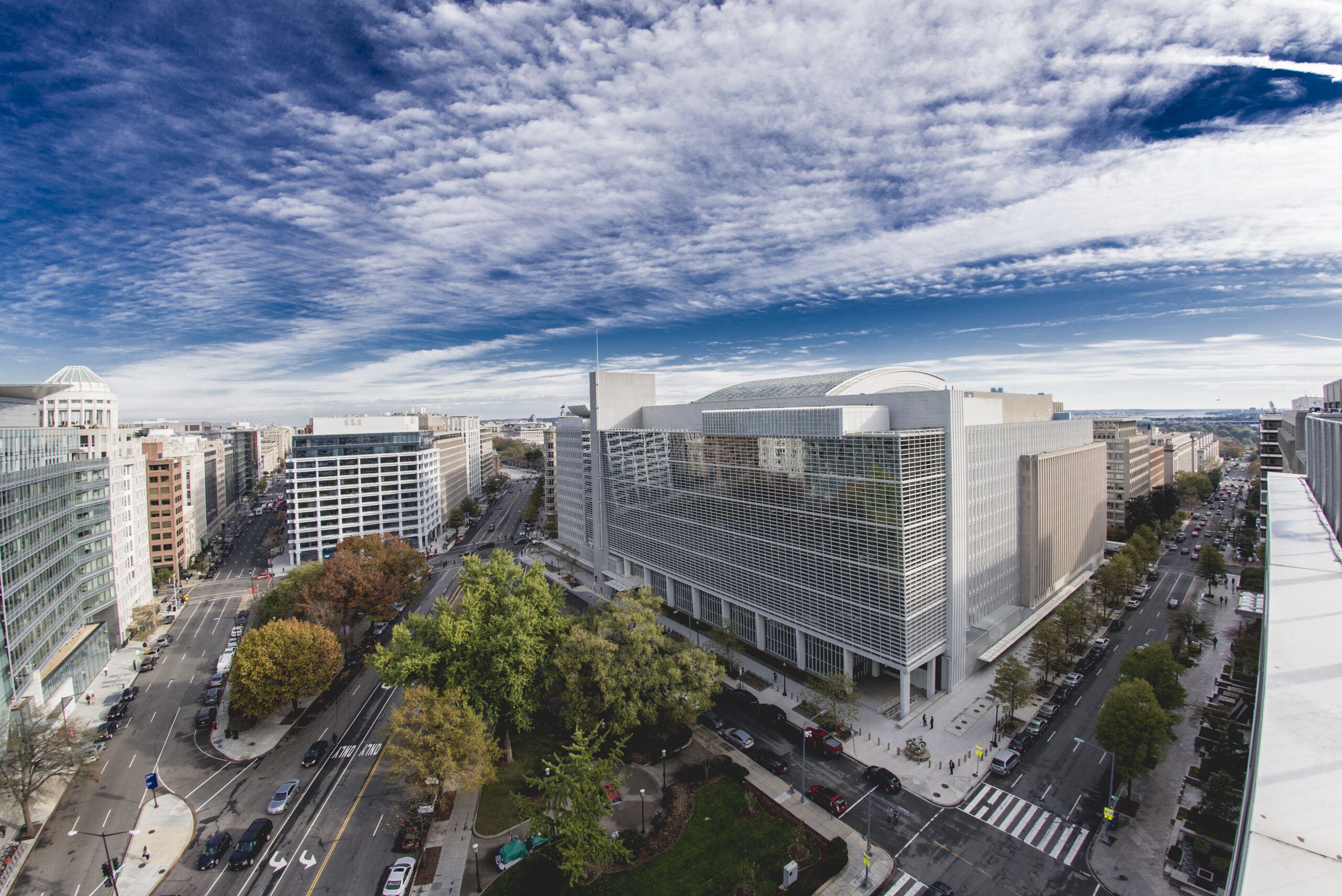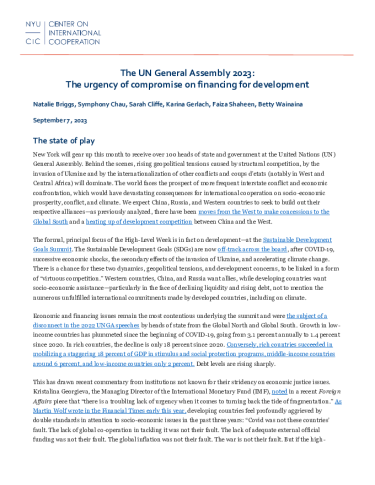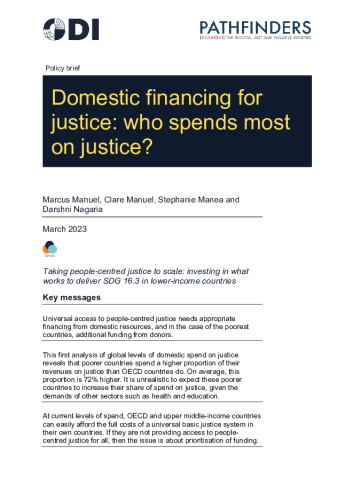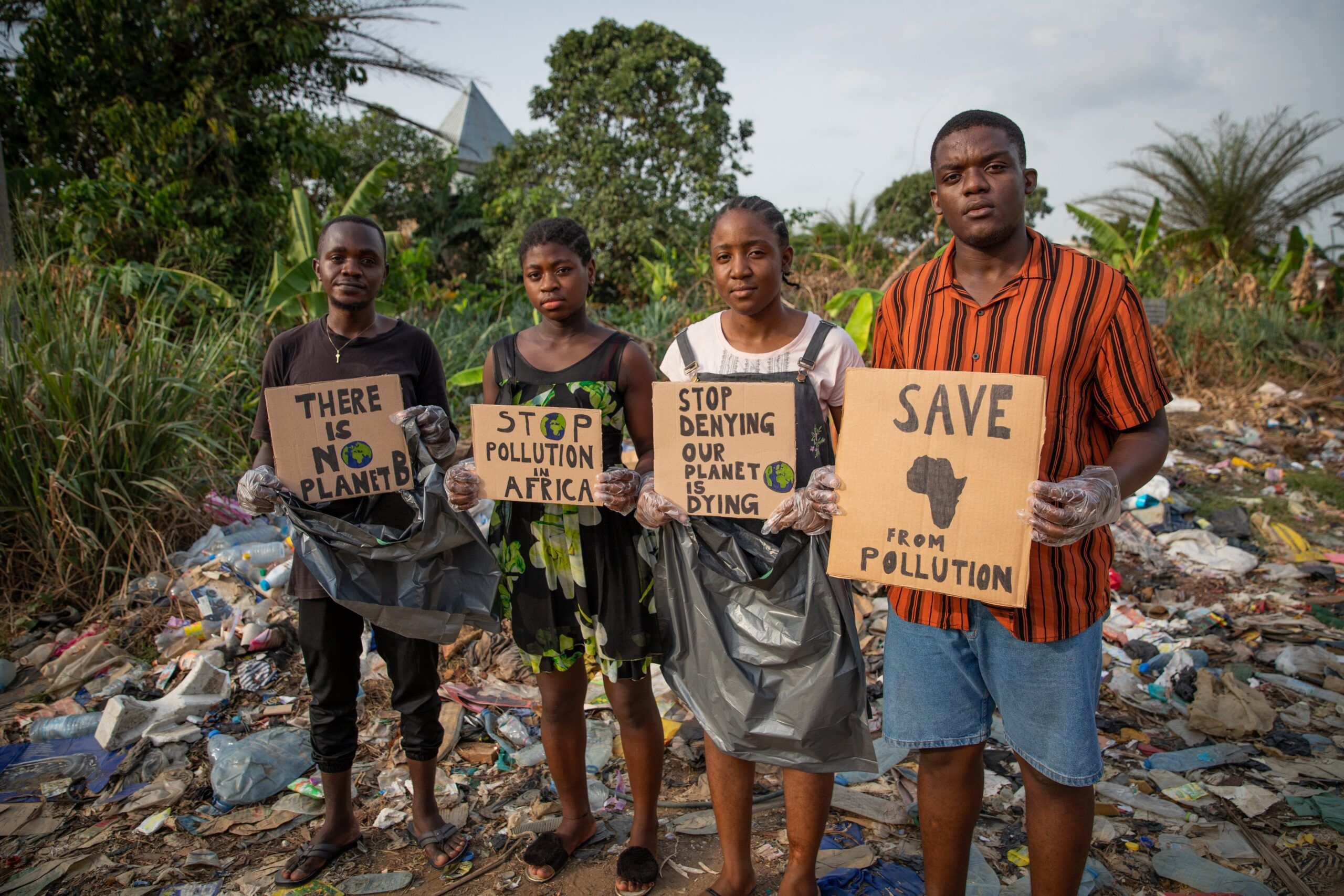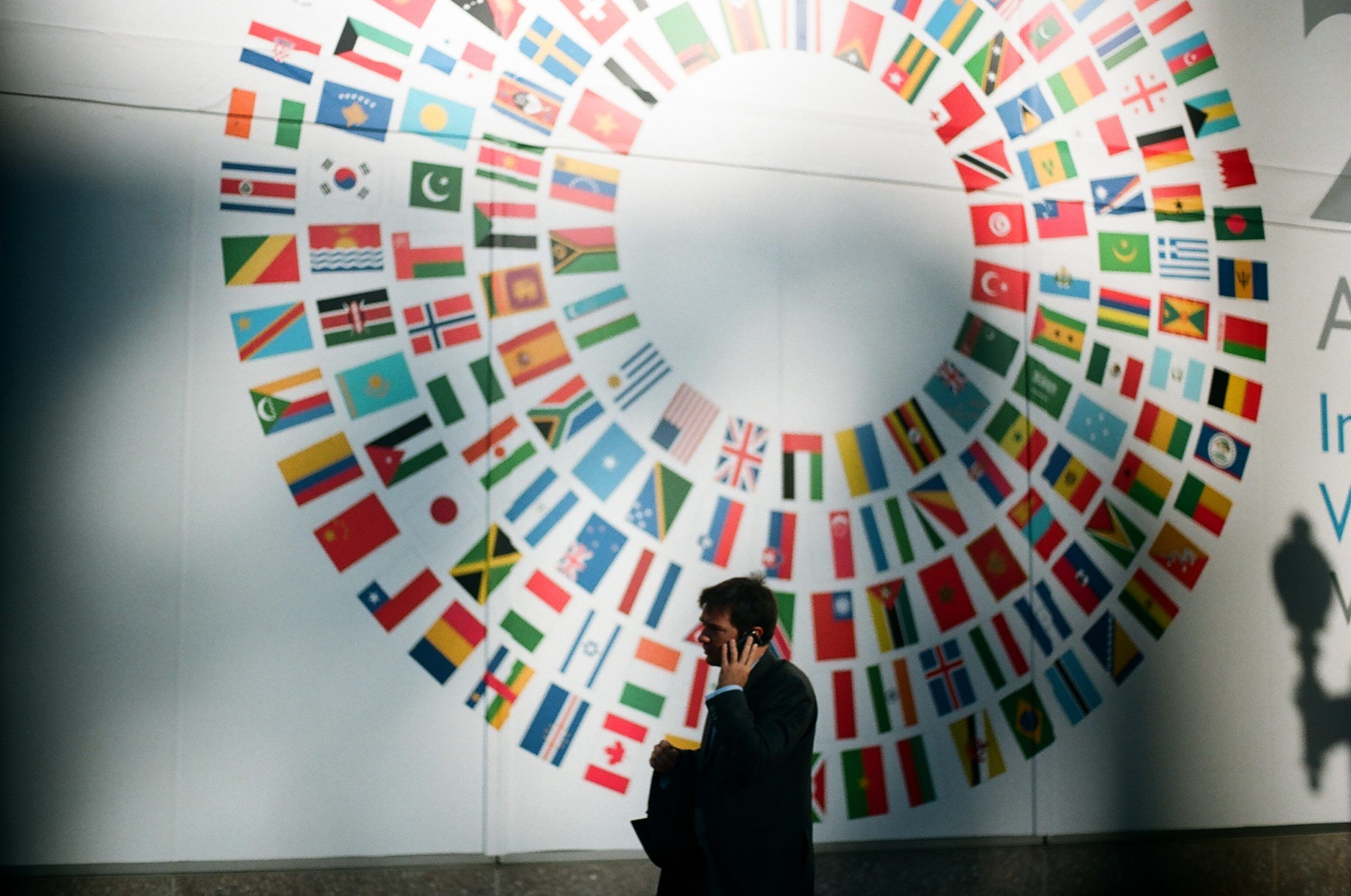1. Prioritize long-term growth by strengthening local economies and promoting a fair global economic system
Sustainable progress in low-income countries requires boosting productivity and creating jobs to drive economic growth. This can be achieved through promoting structural transformation in these economies and building an international cooperation framework that supports these goals and is based on principles of good faith, solidarity, and fairness. MDBs can play a vital role by addressing key obstacles such as inadequate infrastructure and limited access to global markets. They can also support regional trade initiatives, particularly in regions like Africa, to enhance economic integration and help countries become competent players in global supply chains, and reduce their vulnerability to commodity price fluctuations. Low-income countries need to grow the cake before they can divide it.
2. Increase domestic resource mobilization
Low-income countries currently collect tax revenues averaging 13.8% of gross domestic product (GDP), a significantly lower amount than wealthy countries in both relative and absolute terms. Increasing the rate to 15 percent would yield an additional USD $150 billion annually based on current output. Governments should focus on increasing domestic resource mobilization by pursuing a mix of promoting economic transformation, social development, and fiscal reform. These policies need to prioritize effective and efficient reforms of revenue-raising systems, as well as expenditure reforms. MDBs can play a role in supporting countries in developing these systems and creating an enabling environment for economic growth.
3. Stop the loss of money through tax havens and illegal activities
Every year, low-income countries lose trillions of dollars because of illicit financial flows. For example, multinational companies shift profits to tax havens where they pay little to no tax. To reclaim these vital resources, strengthening international tax cooperation, enhancing transparency initiatives, and curbing financial misconduct is crucial. MDBs can support countries in building their internal capacity to stem these illicit flows.
4. Leverage Public Development Banks to provide affordable loans
Public Development Banks (PDBs) such as the World Bank, regional MDBs, and other regional and national development banks are uniquely positioned to provide affordable, long-term financing to low-income countries by helping ease financial pressures. Additionally, PDBs have the advantage of using their AAA credit rating to use their leverage and additional resources from commercial sources to unlock more financing for development by expanding their lending headroom. This yields a high multiplier: for every USD 1 invested in AAA-rated MDBs, USD 4 in lending capacity is unlocked.
5. Develop investment-ready projects
Developing “bankable projects” is an ongoing constraint for low-income countries. MDBs can play an even greater role in providing technical capacity assistance. For example, the World Bank’s International Development Association replenishment (IDA21) and the African Development Bank (AfDB) both have an allocation to provide support for project preparation, which can help, among other things, further advance a just green transition through climate-friendly projects. MDBs—through well-designed blended financing instruments and de-risking approaches—are well poised to mobilize private sector investment to complement public investment. MDB involvement has the advantage of enhancing project quality and also signals confidence to private investors by demonstrating financial viability and reducing perceived risks.
6. Rethink MDB investment models
Traditional project-by-project funding approaches by MDBs can be too slow and too costly. To address this, MDBs, such as the AfDB and the International Finance Corporation (IFC), have experimented with models that pool multiple projects into larger investment portfolios. The World Bank is also pursuing an integrated one-stop-shop guarantee framework. This strategy makes it more attractive for institutional investors, such as pension funds, to participate. Portfolio-based frameworks have the dual advantage of addressing the project pipeline issues as well as issues relating to risk. By streamlining investments and mobilizing private capital, this approach can support a broader range of development initiatives at scale.
These six steps can unlock significant resources for low-income countries but will not completely close the gap. To meet the USD 4 trillion annual financing need, the global system must evolve and tap into private capital. The road ahead requires innovation, collaboration, and long-term partnerships, with a nuanced, integrated approach that combines short-term liquidity solutions with long-term structural reforms. This is the only path forward for low-income countries to overcome fiscal challenges and build a fairer, more sustainable future.
